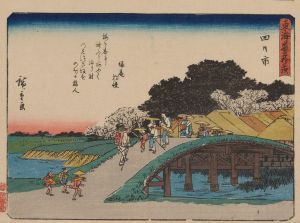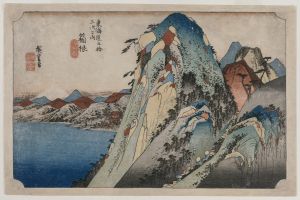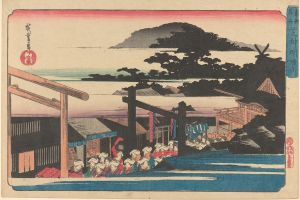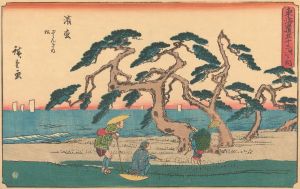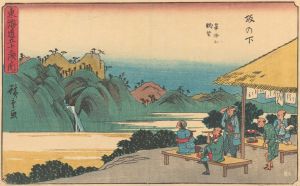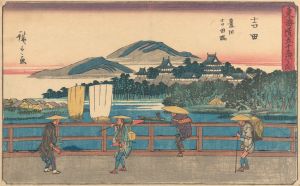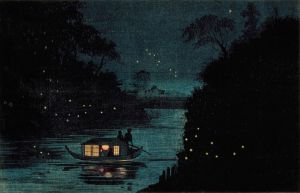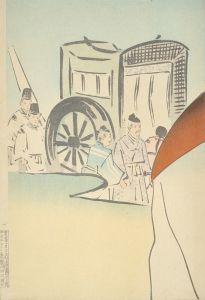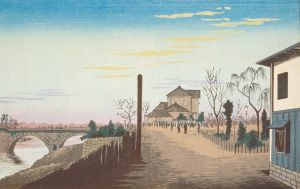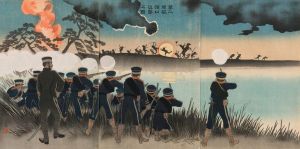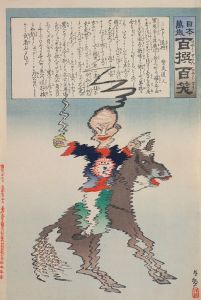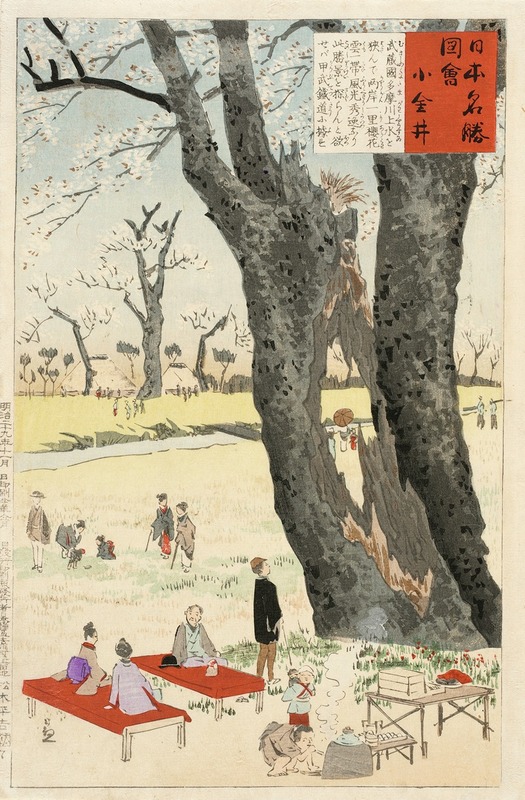
Koganei, Cherry Blossoms
A hand-painted replica of Kobayashi Kiyochika’s masterpiece Koganei, Cherry Blossoms, meticulously crafted by professional artists to capture the true essence of the original. Each piece is created with museum-quality canvas and rare mineral pigments, carefully painted by experienced artists with delicate brushstrokes and rich, layered colors to perfectly recreate the texture of the original artwork. Unlike machine-printed reproductions, this hand-painted version brings the painting to life, infused with the artist’s emotions and skill in every stroke. Whether for personal collection or home decoration, it instantly elevates the artistic atmosphere of any space.
Koganei, Cherry Blossoms is a woodblock print created by the renowned Japanese artist Kobayashi Kiyochika. Kiyochika, born in 1847 and active during the Meiji period, is celebrated for his innovative approach to ukiyo-e, a genre of Japanese art that flourished from the 17th through the 19th centuries. His works are known for their unique blend of traditional Japanese aesthetics and Western influences, particularly in the use of light and shadow.
Kiyochika's career began in the late 19th century, a time of significant transformation in Japan as the country opened up to Western influences following the end of its isolationist policies. This period, known as the Meiji Restoration, saw rapid modernization and industrialization, which Kiyochika captured in his art. He is often referred to as the "last important ukiyo-e master" and is noted for his ability to depict the changing landscapes of Tokyo with a sense of nostalgia and modernity.
Koganei, Cherry Blossoms is part of Kiyochika's series of prints that focus on landscapes and cityscapes, capturing the essence of Japan's natural beauty and urban development. This particular print showcases the cherry blossoms in Koganei, a location known for its picturesque sakura (cherry blossom) trees. Cherry blossoms hold a significant place in Japanese culture, symbolizing the transient nature of life due to their short blooming period. This theme of ephemerality is a common motif in Japanese art and literature.
Kiyochika's depiction of cherry blossoms in Koganei is characterized by his distinctive use of light and shadow, a technique influenced by Western art styles such as Impressionism. This approach allowed him to create atmospheric effects that highlight the delicate beauty of the blossoms against the backdrop of a serene landscape. The print likely captures the scene during the hanami season, a traditional Japanese custom of enjoying the transient beauty of flowers, particularly cherry blossoms.
The composition of Koganei, Cherry Blossoms reflects Kiyochika's skill in balancing traditional Japanese artistic elements with modern techniques. His use of perspective and shading adds depth to the scene, inviting viewers to immerse themselves in the tranquil setting. The print not only celebrates the natural beauty of cherry blossoms but also serves as a historical document of Japan's cultural and environmental landscape during the Meiji era.
Kiyochika's work, including Koganei, Cherry Blossoms, has been influential in the development of modern Japanese art. His ability to capture the essence of a rapidly changing society while maintaining a connection to traditional Japanese aesthetics has earned him a lasting legacy in the art world. Today, his prints are highly regarded by collectors and art historians alike, appreciated for their technical mastery and cultural significance.
In summary, Koganei, Cherry Blossoms by Kobayashi Kiyochika is a masterful representation of the artist's ability to blend traditional Japanese themes with modern artistic techniques. The print not only highlights the beauty of cherry blossoms but also reflects the broader cultural and historical context of Japan during the Meiji period.





